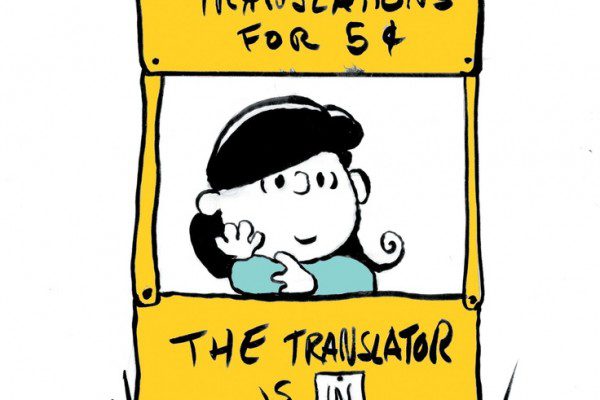How do you sing in a tonal language? Most language learners are curious about this question. The answer is: it depends on the language.
For Mandarin Chinese, especially in modern pop music, the melody usually takes over and the four lexical tones are ignored. Native Mandarin speakers will still be able to understand the meaning of the song by the pronunciation of the words even without the tonal information. Words in the lyrics cause confusion only occasionally.
As tonal languages go, Mandarin is by no means the most complicated. The Hmong language, spoken in China, Vietnam, Laos, and Thailand, can have seven or even eight tones. Composing songs in such languages can be a bit challenging. Songwriters usually need to take the lexical tones into consideration when they come up with the overall melody. For instance, in Cantonese, if there is a transition from a higher note to a lower one, songwriters will need to fill in a syllable with a high tone and then a lower tone. Otherwise, it would sound odd or could be hard for listeners to understand the lyrics.
In some cases, the melody cannot (or should not) change. For example, when translating gospel music, the target language word choices will be greatly limited in order to make sure their lexical tones go along with the melody while these words still express the matching meaning. In this case, imagine that you are to fill in the lyrics for a song, and your composer friend decided the first vowels of the word for you.
So, if you think about it, tonal language lyricists may really be geniuses! There is no one answer for how to sing in a tonal language, but it can certainly be done.
For more DLS, check out other blogs and visit us on Facebook, LinkedIn, Instagram, or Twitter!




